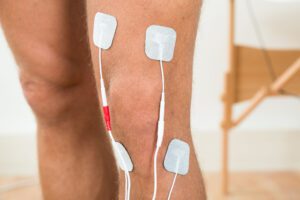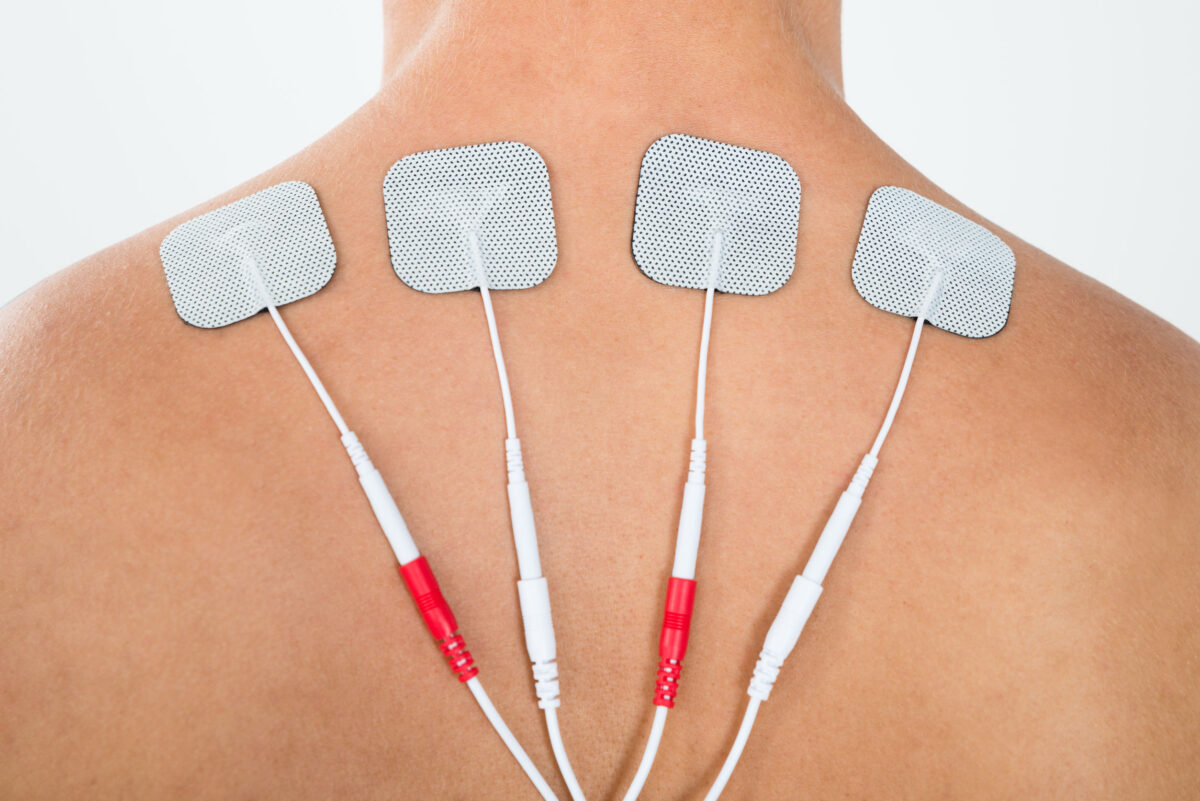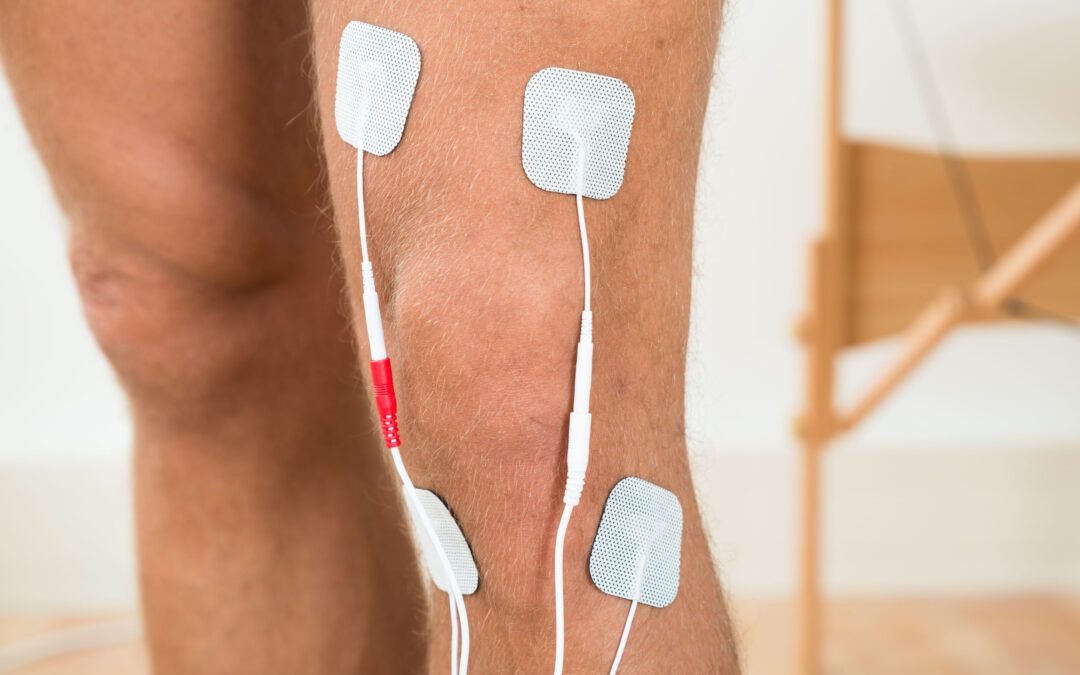What is Electrotherapy and how can it be used within injury treatment?
By Dawn Morse MSc and Emma Stuart BSc
Founding Director of Core Elements Training & Tutor for Core Elements Training
An introduction to Electrotherapy modalities and use for clinical treatment:
As stated by Watson (2015), Electrotherapy is a form of medical treatment which uses small electrical impulses to repair tissue, stimulate muscle and increase sensations and muscle strength.
The term ‘electrotherapy’ covers a wide range of modalities such as TENS (transcutaneous Electrical Nerve Stimulation), Infrared (heat therapy), NMES (Neuromuscular Electrical Stimulation), ITF (Interferential), TUS (therapeutic ultrasound), Shockwave therapy, Laser therapy, pulsed magnetic therapy, and more.
Neuromuscular Electrical Stimulation (NMES) is a popular form of Electrotherapy. This modality delivers electrical stimulation via small sticky pads placed strategically above muscles onto the skin. This modality is useful for use within injury treatment and rehabilitation of atrophied muscles after periods of immobilisation, as it stimulates the muscle and nerves causing muscular contractions which can be used to build strength, control, and movement.
NMES devices come in a range of sizes and prices and can be used within clinical treatment or for home care activities.

Transcutaneous Electrical Nerve Stimulation (TENS) is another form of Electrotherapy which has become increasingly popular, due to devices being available in most pharmacies and the price of the device coming down over the years.
TENS is a non-invasive modality which is used to stimulate pain relief through electrical stimulation which inhibits pain signals. The electrical stimulation activates the pain gate mechanism (Melzack and Wall, 1965), blocking the sensory transmission of pain to the brain.
This is a drug free form of pain relief, which can be used for long term treatment without any side effects.
TENS is a useful modality for clients to use in between treatment to help control pain, and a benefit of introducing this modality within clinical treatment, is that you can teach your clients how to use a TENS device correctly, and where to place the pads to gain most effective pain relief.
Another widely used Electrotherapy modality for pain relief is Interferential (ITF) therapy.
IFT is similar to TENS but uses very low frequency electrical stimulation to stimulate pain relief and some find this modality more comfortable than TENS, especially if they have sensitive skin or need long term relief.
IFT also stimulates pain relief from activation of pain gate mechanism, but in addition it can stimulate the opioid mechanism of the brain, which can provide longer lasting relief.
Along with pain relief this modality is useful to reduce instances of muscle guarding. This is due to the use of low frequency stimulation, which works at a deeper level producing a numbing effect within the tissue.
Additional benefits of IFT include: increased localised blood flow and reduction of oedema (swelling). IFT is often used within clinical treatments, but like TENS devices are become smaller and are being reduced in price, so are now becoming more popular for home use.


The final Electrotherapy modality introduced here, which is undergoing a resurgence in clinical popularity is Therapeutic Ultrasound (US).
Therapeutic Ultrasound uses high frequency sound waves to cause a micro-vibration / oscillation, within the tissue. This vibration creates heat energy that increases blood flow to the area, which increases oxygen and nutrient content which aid the healing process.
As well as increasing blood flow, ultrasound speeds up the transport of chemicals from the blood into the damaged tissue to aid the healing. This in turn helps to reduce healing time and helps ensure alignment of the tissue fibres to ensure full strength and flexibility is restored.
Research indicates that protein rich tissues, such as ligament, tendons, fascia and scar tissue benefit most from the use of US. Evidence also suggests that therapeutic ultrasound with exercise therapy was superior to the exercise therapy alone in cases of plantar fasciitis (Akınoğlu and Köse, 2018).
Therapeutic Ultras Sound also appears to be a useful tool for within the treatment of chronic trigger points, and myofascial pain syndromes. This is great for therapists, as this saves pressure on the hands, whilst being a more comfortable modality for the client over the use of manual trigger point technique.
In summary, Electrotherapy modalities have many different benefits for both clinical use by the therapist and home use by the client. These benefits range from speeding up the healing process, to reducing pain sensation and aiding the rehabilitation process through the of muscle stimulation, and use can lead to a more rounded treatment.


If you’re a clinical therapist and would like to learn more about using these modalities within your work, then you may be interested in Core Elements accredited CPD short course in Electrotherapy and Ultrasound.
Further details can be found at: https://coreelements.uk.com/electrotherapy-ultrasound-course/

